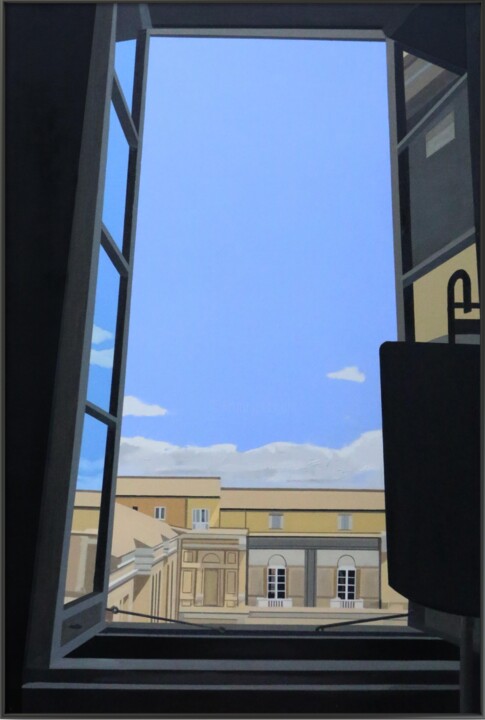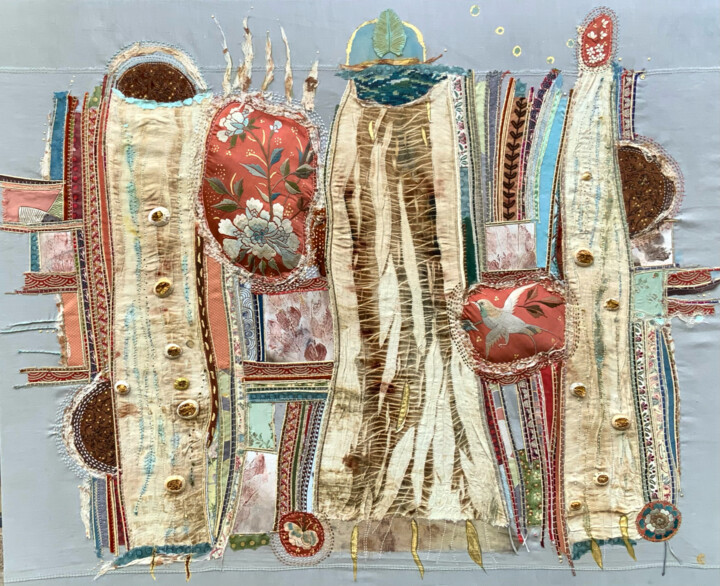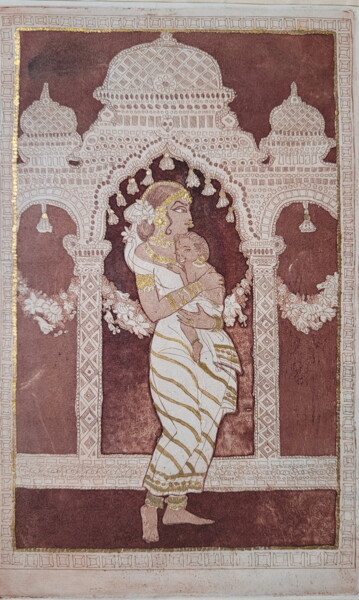2,922 原创艺术品,限量版和版画:
Discover original contemporary Asia artworks on ArtMajeur
Contemporary Asia artworks are a captivating example of the rich and diverse artistic traditions of the continent. These works are created using a variety of supports, such as canvas, paper and wood, and employ materials that range from traditional ink and paint to new media technologies. What makes this type of original artwork unique is its ability to capture the complex, multi-layered cultural experiences of Asia, from its ancient traditions to its ever-changing modernity.

©2022 Dikun Sun
Origins and History
The emergence of new art movements such as the Gutai group in Japan and the Nanyang artists in Singapore pushed the boundaries of traditional Asian art. These artists explored themes of identity, culture, and politics.

©2021 Suki Da
Evolutions of theses works in the contemporary art market
In recent years, original contemporary Asian artworks have experienced a remarkable evolution in terms of style, techniques, and themes. A new generation of artists has emerged, blending traditional Asian art with modern influences, resulting in unique and innovative pieces. These artworks are gaining increasing recognition in the contemporary art market, attracting the attention of collectors and art enthusiasts worldwide. The importance of these works lies in their ability to showcase the richness and diversity of Asian culture, while also contributing to the global artistic discourse. They raise questions about identity, globalization, and cultural exchange, making them relevant and thought-provoking. As the art world continues to expand and diversify, original contemporary Asian artworks are sure to play a key role in shaping its future.

©2023 Corinne Chapelle
Related Famous Artists
Contemporary Asian art is a diverse and vibrant field, with many talented artists producing exceptional works. Here are some of the most well-known artists in this space:
Ai Weiwei: This Chinese artist is a political dissident who has gained international recognition for his conceptual and often provocative works. His pieces often comment on issues of human rights and government censorship.
Takashi Murakami: This Japanese artist is known for his colorful and playful works that blur the lines between high and low art. His pieces often feature cartoonish characters and pop culture references.
Yayoi Kusama: This Japanese artist is famous for her immersive installations and repetitive patterns. Her works often explore themes of infinity and the subconscious.
Zhang Xiaogang: This Chinese artist is known for his haunting portraits that reflect the turbulent history of China’s Cultural Revolution. His works often feature distorted, almost ghostly faces.
Anish Kapoor: This Indian artist is known for his large-scale sculptures that play with perception and space. His works often feature reflective surfaces that distort and fragment the viewer’s reflection.
These artists represent just a small fraction of the many talented individuals working in the contemporary Asian art scene. Through their works, they invite us to explore the complexities of culture, politics, and identity in the modern world.

©2015 Jiang Wang
Notable original contemporary Asia artworks
"Untitled" by Xu Bing, created in 1994, is a striking installation art piece made entirely of cigarette butts. The artist collected over a million cigarette butts from the streets of Beijing to create this commentary on the impact of smoking on society and the environment.
"Forever Bicycles" by Ai Weiwei, created in 2011, is a sculpture made of 1,254 bicycles that form a mesmerizing, interconnected structure. The artwork speaks to the ubiquity of bicycles in Chinese society and the rapid industrialization that has led to their displacement.
"Sunflower Seeds" by Ai Weiwei, created in 2010, is a powerful installation consisting of 100 million porcelain sunflower seeds, each one handcrafted by a team of artisans. The artwork is a commentary on mass production and the relationship between individual labor and collective identity.
"The Ninth Wave" by Zhang Xiaogang, created in 2002, is a haunting series of paintings depicting the artist’s family and friends during the Cultural Revolution. The artwork explores themes of identity, memory, and the impact of political upheaval on personal relationships.
"The Great Wave off Kanagawa" by Hokusai, created in the early 1830s, is a woodblock print that has become one of the most iconic images in Japanese art. The artwork depicts a massive wave threatening boats off the coast of Kanagawa, and is an emblem of the power and beauty of nature.
"Blue and Green Music" by Tan Swie Hian, created in 1986, is an abstract painting that evokes the movement and energy of music. The artwork combines traditional Chinese calligraphy with elements of Western modernism, creating a unique fusion of artistic styles.
"Mao" by Andy Warhol, created in 1973, is a series of brightly colored silkscreen prints depicting the face of Mao Zedong, the founder of the People’s Republic of China. The artwork is a commentary on the cult of personality surrounding Mao and the commodification of political symbols.

Fatimie Ashyrova
丙烯在帆布上 | 9.8x11.8 in

Simanolya
印花与版画在纸上 | 12.6x7.9 in

雷 潘
丙烯在亚麻帆布上 | 5.9x5.9 in

Fatimie Ashyrova
丙烯在帆布上 | 23.6x19.7 in
































